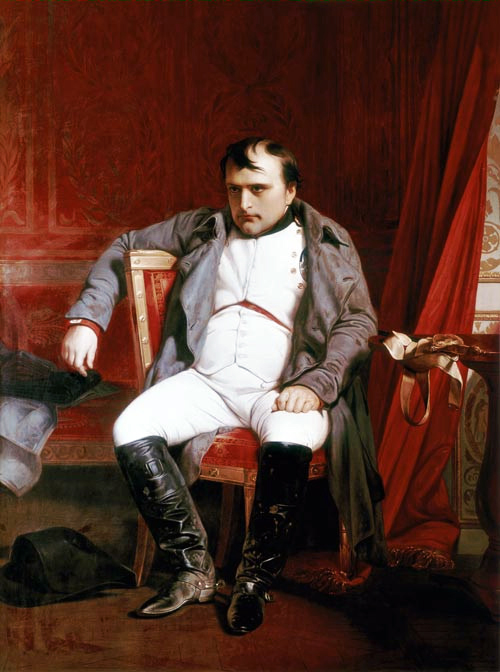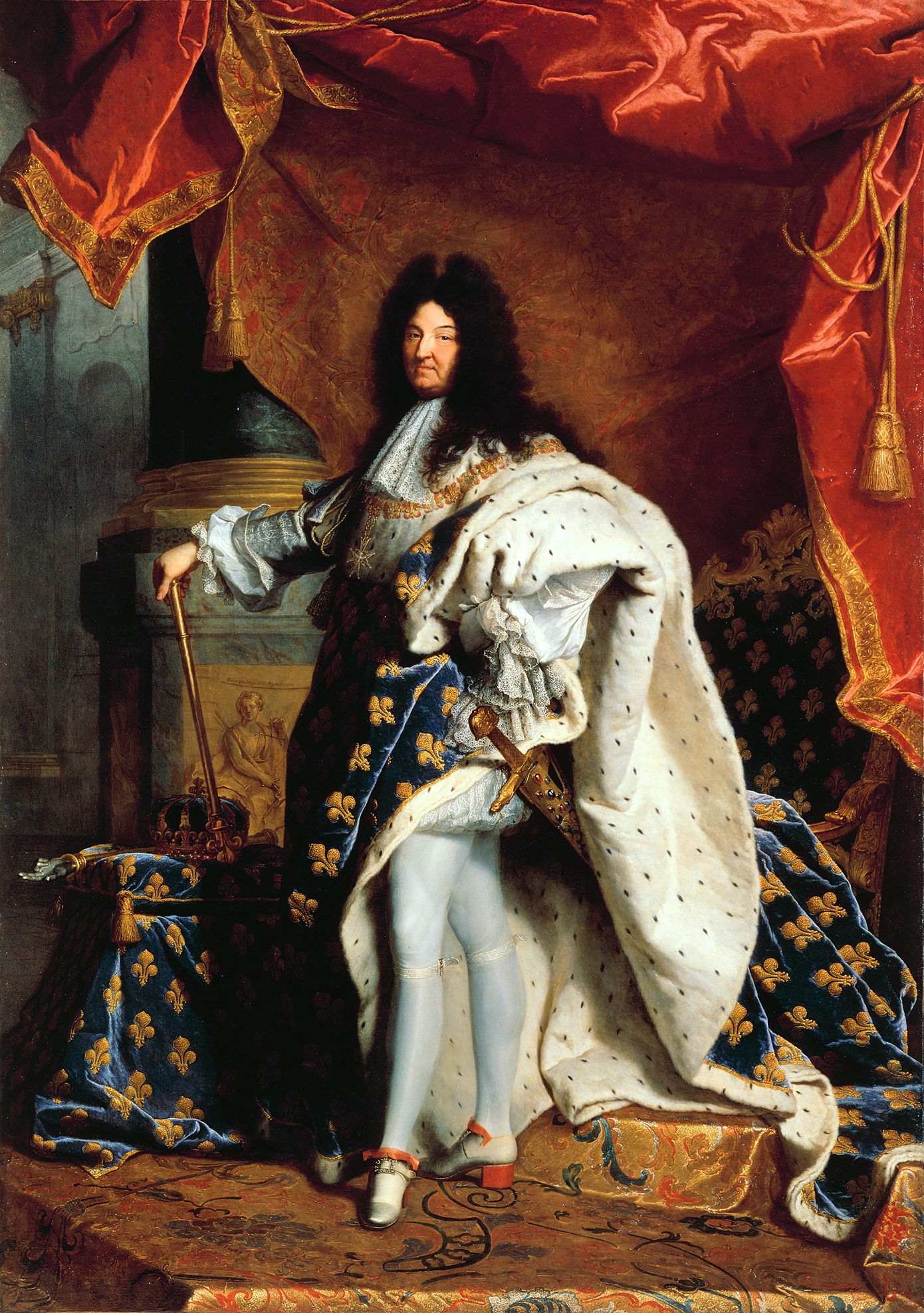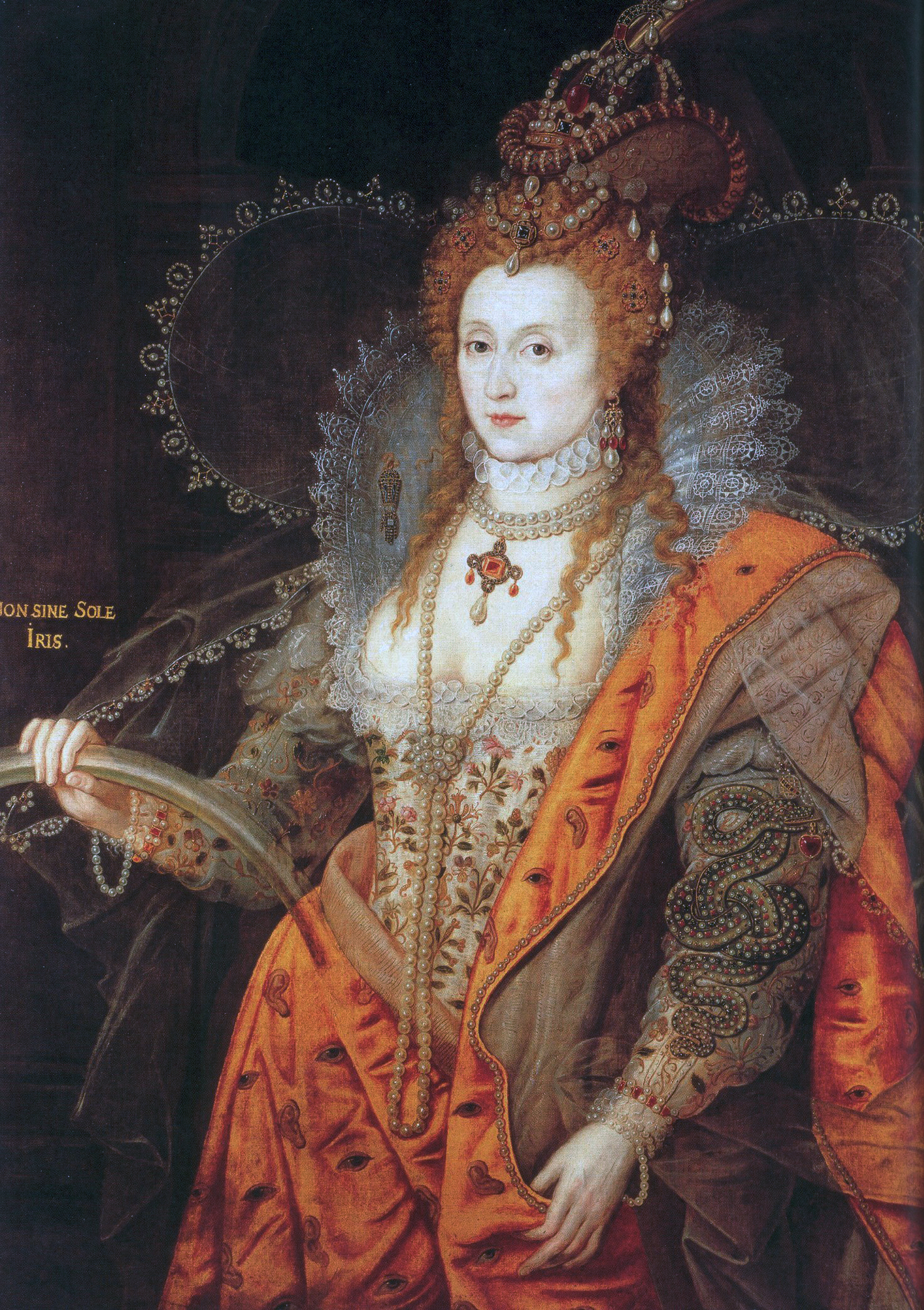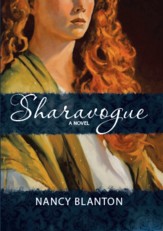Author branding: Honest Abe to Camelot
/Part 7 in a series on personal branding American presidents are not royalty, coming to power via election rather than bloodline, but they still enjoy many of the protocols of European royalty covered so far in this series, and have used personal branding as a primary weapon in their get-elected arsenal. Several of our 43 presidents have had outstanding personas, but two are particularly remarkable to me: Abraham Lincoln and John F. Kennedy. Their brands are so strong that you almost automatically think "Honest Abe" and "Camelot."
Every school kid knows the story of the impoverished Abraham Lincoln, growing up in a log cabin and reading books by candlelight. As Alan Brew writes,
"Lincoln’s life exemplifies what has been variously labeled 'the American dream,' or 'the right to rise' from rags to riches. In Lincoln’s case it is quite literally a rise from a log cabin to the White House. His story is the embodiment of Lincoln brand: gritty determination, honesty, family values, unswerving belief in America and the basic rights of his fellow men. His life offers a powerful testimony to dream. It is what ordinary Americans want to believe about social mobility and the opportunity to get ahead."
In fact, he was a highly intelligent lawyer and was one of the first presidents who was actively branded and marketed to the voting public by his political campaign. Sociology professor and author Jackie Hogan said in an interview, "There were all kinds of theatrics: pulling up a fence rail and parading around saying this fence rail was split by Abraham Lincoln. They created an image of him as an average Joe, and in many ways, he was not an average Joe. But he was very happy to ride that reputation into the White House.”
What Lincoln had that other presidents, and royals, lacked, was access to new technology, and he used it to advantage to receive and distribute information. This new technology was the telegraph. It had been used primarily by the banking and financial industry, but Lincoln was the first president to use it for wartime communication.
"Like social media the telegraph is an electronic form of communication. The telegraph increased the speed at which information and communication could be received it changed the world, it changed war, and it changed daily life."
Lincoln certainly had his detractors. It would be impossible not to, leading a nation in the time of a civil war, but he rose to power through his intellectual leadership, and in many cases was able to diffuse contentious situations through his powerful oratory. He was able to define, in elegant and often poetic layman's terms, the sides and meanings of an issue. Today we might call that "content marketing."
And though some thought his physical appearance awkward, he did try to look the part. "At his second inauguration, Abraham Lincoln wore a coat specially crafted for him by Brooks Brothers. Hand-stitched into the coat's lining was a design featuring an eagle and the inscription, 'One Country, One Destiny.' He was wearing the coat and a Brooks Brothers suit when he was assassinated."
While Lincoln came to power when the nation was divided, John F. Kennedy came into office on a wave of prosperity, the post-war boom. And where Lincoln had use of the telegraph, Kennedy had television:
"Once a commodity that few Americans with money possessed in the late 1940's, it was now in the homes of all Americans by the era of the 1960's. It was this medium that would blast across the screen the youthful, handsome, rich, John F. Kennedy with his young beautiful wife Jackie and their two vivacious children." xroads.virginia.edu
In the 1950s and 60s, when families were watching Ozzie and Harriet, and Father Knows Best on TV, the Kennedy family exemplified that perfect, happy image, and Kennedy played into it, allowing his family and particularly his children to be photographed "under his desk, in their playrooms, in the Rose Garden, in their schoolhouses, throwing parties, Caroline riding her pony, or John-John running toward the helicopters and planes which so often captivated him."
Kennedy also used his charisma and knack for rallying people around an aspirational cause that they already wanted, such as being first on the moon, or creating the Peace Corps. There was an unwritten rule that his dark side (the extramarital affairs, connections to organized crime, plot to assassinate Fidel Castro) were not to be revealed, and they were not until investigative reporters of the 1970s got into it the files. Kennedy was the last president to enjoy that kind of relationship with the press.
Lessons learned
So what are the takeaways from these two presidents that can be applied to author branding?
First, it pays to know your audience and what they want. Both Lincoln and Kennedy understood their times and identified their personas with the ideals of the time. Even though they were faced with very difficult issues and circumstances, their personas helped them maintain public support through crises, and have survived the decades. One might argue that the assassinations propelled them into indelible memory, but polls still rank them among the most beloved presidents, and their personas live on. For authors of historical fiction, readers want to understand the relevance of what you write for today's world.
Second, it pays to use technology to advantage. Today's social media and a fairly unforgiving consumer audience make the kind of duality these presidents experienced difficult if not impossible. But consistent messaging and a strong brand story, strategically distributed to target audiences, can create a memorable personal brand that will stand for you when you need it most.
Third, just as you create your own persona, think about the personas of your target audience: who they are, what they want, and what they need from you -- not to create a false image to project to them, but to clarify how to reach them best, and how to create and distribute content that is meaningful to them while still aligning with your own values and brand.
Previous posts in the series:
Part 1, Intro Part 2, Hatshepsut Part 3, Henry VIII
Part 4, Elizabeth I Part 5, Louis XIV Part 6, Napoleon
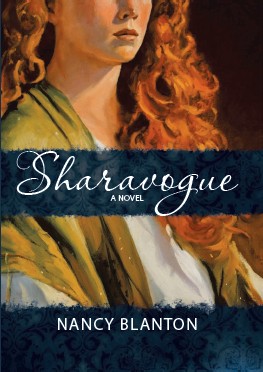 Embark on an adventure in Irish history with the novel Sharavogue, winner of the 2014 Royal Palm Literary Award. Now available from online booksellers. Author Nancy Blanton will be presenting at the Amelia Island Book Festival, February 20-21, 2015. You may also connect with her on Facebook.
Embark on an adventure in Irish history with the novel Sharavogue, winner of the 2014 Royal Palm Literary Award. Now available from online booksellers. Author Nancy Blanton will be presenting at the Amelia Island Book Festival, February 20-21, 2015. You may also connect with her on Facebook.





